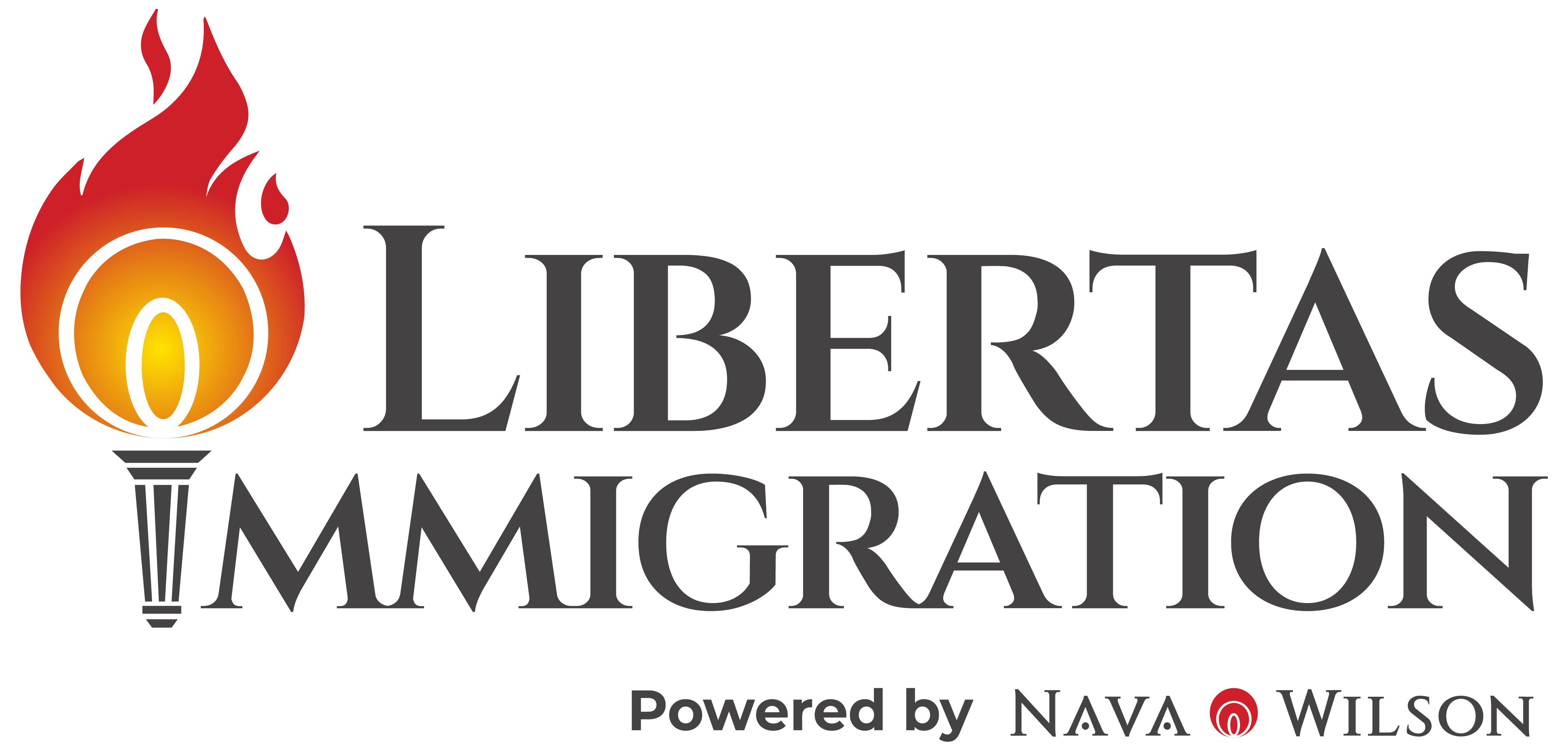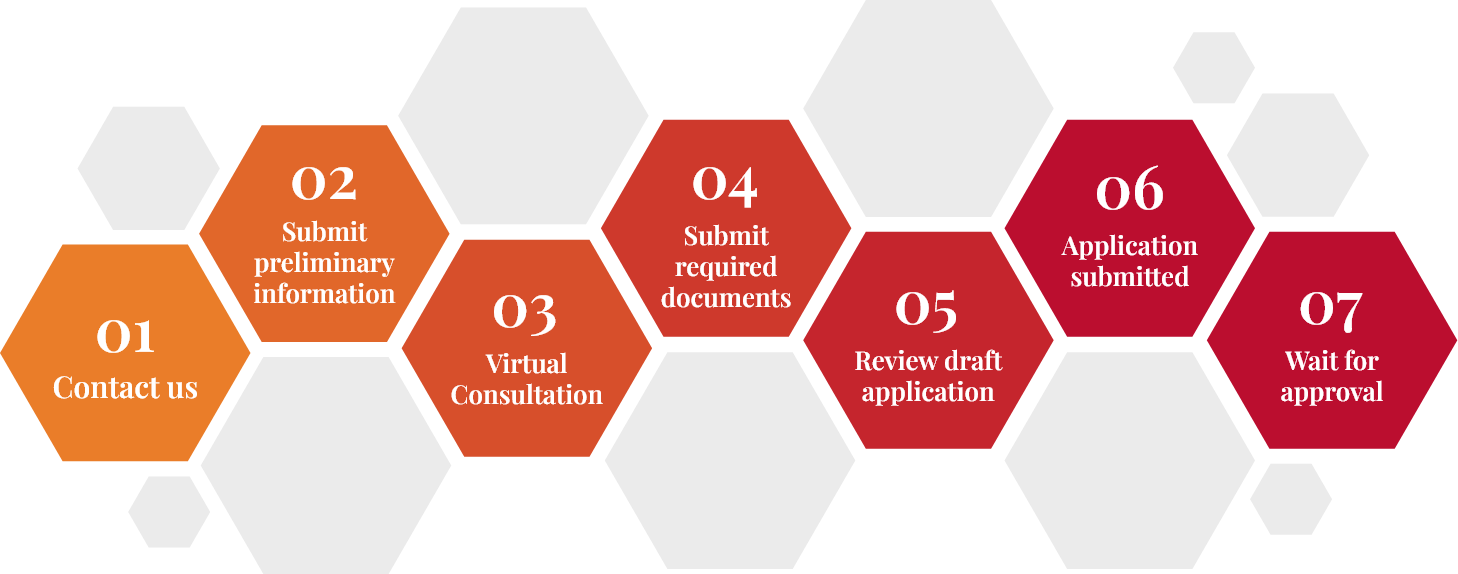Work Permit in Canada

Canada has always been a popular destination for skilled foreign workers, bringing their expertise and experience into the Canadian Economy. Canada offers a strong economy, competitive wages, and incredible opportunities to transform temporary work permit status into a Permanent Residency.
Types of Work Permits
The Temporary Foreign Worker Program
Employers must secure a Labour Market Impact Assessment (LMIA) to employ foreign workers to address temporary labour and skill shortages. The LMIA validates the necessity of hiring a temporary worker and ensures that no Canadians or permanent residents are suitable for the position.
The Temporary Foreign Worker (TFW) Program allows Canadian employers to hire foreign workers for temporary jobs when qualified Canadians are unavailable. Employment and Social Development Canada (ESDC) evaluates applications from employers seeking to hire temporary foreign workers. They conduct Labour Market Impact Assessments to gauge the potential impact of these workers on the Canadian job market. The assessment considers factors such as regional labour market information, employer recruitment efforts, wages, working conditions, labour shortages, and skills transfer to Canadians.

– Global Talent Stream – a program under TFW for faster processing
This program expedites the work permit process for high-skilled workers in specific occupations, ensuring quicker entry into the Canadian job market. This Stream is designed for innovative firms in Canada that are referred to Employment and Social Development Canada (ESDC) by a designated referral partner and that need unique and specialized foreign nationals to scale up and grow.
The International Mobility Program (IMP)
The International Mobility Program (IMP) enables employers to recruit temporary workers without obtaining an LMIA. Exemptions from the LMIA process are granted based on the fulfillment of the following criteria:
a) Demonstrating broader economic, cultural, or other competitive advantages for Canada
b) Ensuring reciprocal benefits for both Canadians and permanent residents
The IMP also allows certain foreign nationals to work without a permit when authorized under the Immigration and Refugee Protection Regulations.
In most cases, to hire a foreign worker through the IMP, a Canadian employer must follow three steps:
- Confirm the position or worker in question qualifies for an LMIA exemption
- Pay the employer compliance fee of 230 CAD
- Submit the official job offer through IMP’s Employer Portal
Only after completing these three steps will the foreign national be eligible to apply for their work permit.
– Global Skills Strategy – a program under IMP for faster processing

Work Permit Requirements
- Proof of financial capacity to support yourself and any accompanying family members during your stay in Canada
- A clean criminal record and meeting specific health standards
- Prove to the officer that you’ll leave Canada when your work permit expires
- Not plan to work for an employer listed with the status “ineligible” on the list of employers who failed to comply with the conditions
- Give the officer any other documents they ask for to prove you can enter the country
Employer-Specific Work Permit (Closed Work Permit)
An employer-specific work permit lets you work in Canada according to the conditions on your work permit, such as
- The name of the specific employer you can work for
- The occupation you can work in (NOC Code)
- How long you can work
- The location where you can work (if applicable)
Before you apply for an employer-specific work permit, your employer must give you:
- a copy of your employment contract
- 1 of the following:
- a copy of a labour market impact assessment (LMIA)
- an offer of employment number (for LMIA-exempt workers)
Restrictions
- Employer is listed as ineligible on the list of employers who have failed to comply with the conditions
- Regularly offers striptease, erotic dance, escort services or erotic massages
Open Work Permit
An open work permit lets you work for any employer in Canada except for one that
- Is listed as ineligible on the list of employers who have failed to comply with the conditions, or
- Regularly offers striptease, erotic dance, escort services or erotic massages
Two types of open work permit:
- unrestricted
- restricted, which can mean
- occupational restrictions, for example, depending on the applicant’s medical status or work permit category
- location restrictions, for example, depending on the work permit category (such as a bridging open work permit under the provincial nominee class)
Some jobs require a medical exam. A prior medical examination is usually required for the issuance of Work Permits. The medical examination needs to be completed by a panel physician. Depending on the medical exam results, a condition(s) can be imposed on the Work Permit holder.
Open Work Permit Eligibility:
- International students who graduated from a designated learning institution and are eligible for the Post-Graduation Work Permit Program
- A student who’s no longer able to meet the costs of their studies (destitute student)
- Have an employer-specific work permit and are being abused or at risk of being abused in relation to your job in Canada
- Applied for permanent residence in Canada
- A dependent family member of someone who applied for permanent residence
- Spouse, common-law partner or dependent child of a low- or high-skilled worker
- Spouse or common-law partner of an international student
- Spouse or common-law partner of an applicant of the Atlantic Immigration Pilot Program
- Refugee, refugee claimant, protected person or their family member
- Under an unenforceable removal order
- A temporary resident permit holder
- Young workers participating in special programs
- Are in Canada and being sponsored as a spouse, common-law partner, conjugal partner or accompanying dependent child
As per program requirements, a foreign national has the option to apply for an open work permit outside Canada, at a port of entry, or upon arrival in Canada.
Work Permit fees:
Fees
Work Permit fees:
Work permit (including extensions) – per person
155
Work permit (including extensions) – per group (3 or more performing artists)
465
Open work permit holder
100
Restore your status as a worker
Restore your status ($200) and get a new work permit ($155)
355
Work permit (including extensions) – per person
- Work permit (including extensions) – per group (3 or more performing artists)
- Open work permit holder
Restore your status as a worker
Restore your status ($200) and get a new work permit ($155)
- 155
- 465
- 100
- 355
Work Permit Extension:
If you have a work permit that’s about to expire or that you need to change, you must apply to extend it or change the conditions on it. You should plan to apply to extend your work permit at least 30 days before your current permit expires.
It is possible to extend or change an employer-specific work permit when:
> your job is extended
> there are changes to your current job, such as
- a change in your pay
- new responsibilities
- you’re offered a different job
- you want to work for a new employer
You can’t start working at a different job or for a new employer until you get your work permit with the new conditions.
If you have an open work permit, you may be able to extend it as long as you’re still eligible to work in Canada with an open work permit.
Lost job while on a Closed Work Permit (Employer-Specific Work Permit)
The work permit holder can continue to stay in Canada legally even if they lose the job they were initially hired for, including but not limited to lay-offs or termination, until:
- The validity of their Work Permit – the expiry date on the Work Permit and/or
- Being notified by the IRCC that the Work Permit has become invalid and instructed to leave Canada
However, they cannot work for any other employer or position. They would need to apply and obtain a new LMIA and work permit from another employer to work while continuing to stay in Canada.
Featured Insights
Frequently Asked Questions
Work permits are usually issued for specific job positions and employers. You are authorized to work only in the occupation and for the employer mentioned in your work permit.
Yes, work permit holders may be eligible to apply for permanent residency through various immigration pathways, such as the Express Entry system or Provincial Nominee Program (PNP).
Yes, but only if you have an open work permit that allows you to work for any employer in Canada.
A work permit is an official document that allows foreign nationals to work legally in Canada. In most cases, you need a valid work permit to work in the country as a foreign worker.




